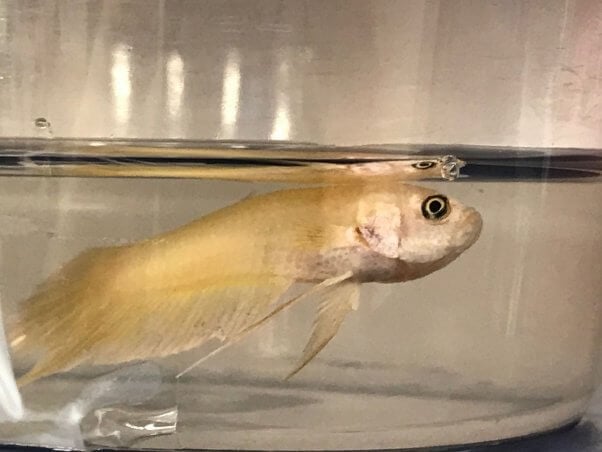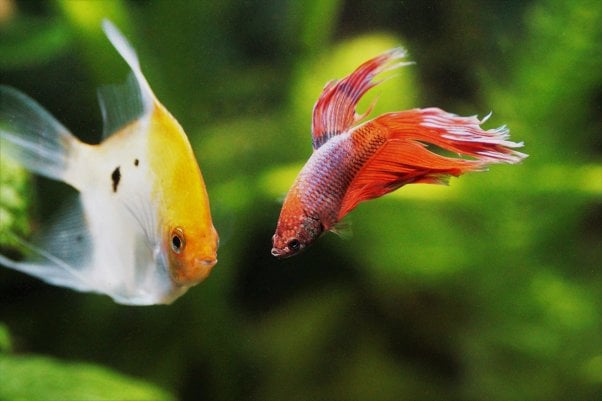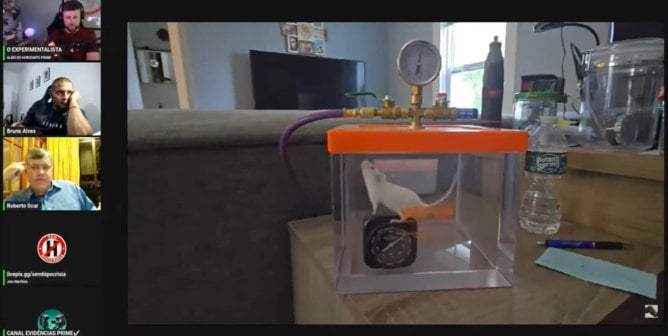Betta Fish
Siamese fighting fish, who are often sold as “decorations” or party favors, are becoming more and more popular. Pet shops, discount superstores, florists, and even online catalogs sell Siamese fighting fish (Betta splendens) in tiny cups or flower vases to consumers who are often uneducated about proper betta care.
Many people mistakenly believe that betta fish must be kept in “solitary confinement.” While bettas will fight with other bettas, they can be placed singly in a “community” aquarium containing other species of fish.
Another common misconception about bettas is that they can survive without being fed in a so-called “complete ecosystem” that consists of nothing more than a vase and a plant. As a result, fish are being sentenced to dull, lonely lives and slow deaths by starvation. These tiny containers are not suitable for any fish.
Plant roots do not provide adequate food for betta fish. Bettas are omnivorous; in nature, they eat mostly insects and insect larvae. A diet consisting of plant roots may keep them alive for a while, but since it lacks the proper nutrients, the fish eventually become sick and die. A plant placed at the top of a vase may also restrict access that the fish needs to obtain oxygen, since bettas (known as “labyrinth fishes”) take their oxygen from the surface of the water.
Betta fish are native to Asia, where they live in the shallow water of rice paddies, ponds, or slow-moving streams. Since the water is shallow, it is also warm, which is why betta fish in captivity require a minimum of 5 gallons of water with temperatures kept heated between 76-82 degrees Fahrenheit, as well as good filtration, regular cleaning of aquariums and also enrichments such as caves, rocks and live plants.
Please don’t buy betta fish or support pet stores that sell betta fish.










